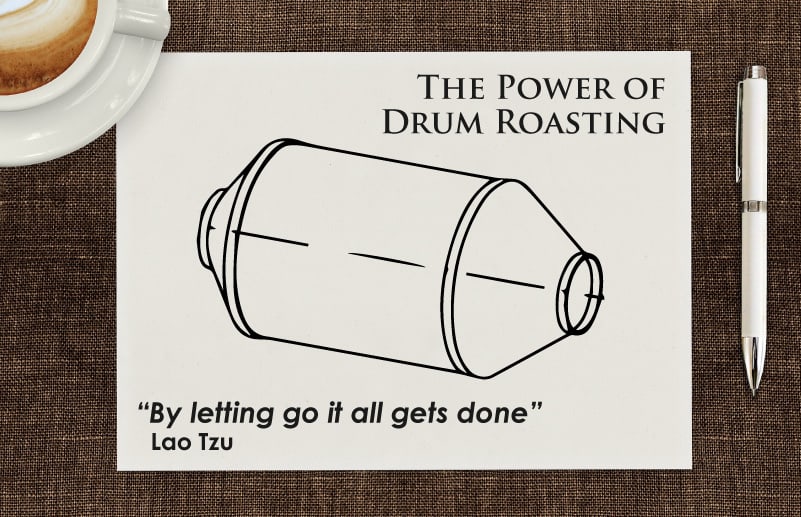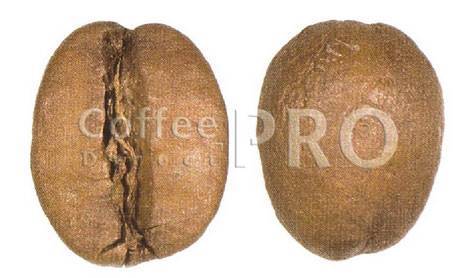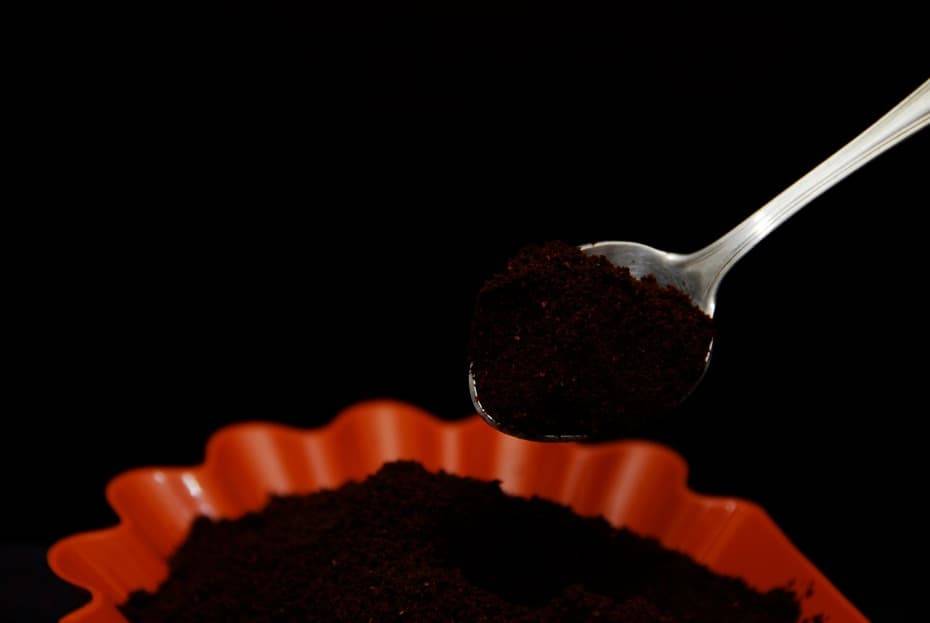Sample roasts play a much more important role in quality inspection than many traders or roasters realize as the sample itself can represent a large quantity of coffee, sometimes as much as entire container loads. That’s a lot of coffee to make a decision about, especially if you base that decision on a poorly roasted sample. Besides procuring the right quality for you needs, it is well worth being able to negotiate prices and improve the quality of coffee at the source. Cupping and ultimately the right roast are the crucial aspects in determining the cost savings and quality improvements involved. It is rather simple for every trader or roaster to review ones skills. There are three keys to assuring the perfect sample roasting process: Roast degree, Consistency and Time. Mastering the Roast: Your Guide to Perfect Coffee 1. Roast Degree: In general, sample roasting should be done at a lighter degree of around AGTRON 60. Then the coffee will reveal its true flavors, and the beans have developed a minimum of caramelized flavors, which occur as a result of the more progressed roasting process. The illustration below shows the desired roast color for a Brazil Santos. Instead of roasting the beans to a dark brown color with an even and smooth looking surface, these lighter-roasted beans show wrinkles and are not yet fully expanded. At this point in the roasting process, the transformation of sugars or caramelization has just begun and the coffee will not have the sweet aftertaste, the typical character of darker roasted beans. Besides the consideration of roasting light enough to taste true coffee flavor, it is also easier to detect defects. Roasting samples to a degree of AGTRON 60 or even lighter makes the detection of defects much easier. How much more can you set yourself apart from an importer or roaster who sample roasts all his coffees too dark, which inevitably masks the more negative taints like fruity, moldy and dirty? 2. Consistency: Depending on the variation of roast degree, when cupping, the impact of roasting can be immediately detected in the flavor of coffee. The lightest samples have distinct citric flavor notes, while the darkest samples tasted sweet with a berry-like aftertaste. Whenever the variances are too high, a conclusive result is difficult to obtain because the cupper can’t sense all the differences in flavor. This illustrates the importance of roasting consistently in color and in time-temperature profiles. So, how to best facilitate a consistent sample roasting protocol? Install one or more 100 or 150W full- spectrum incandescent lights above the coffee sample roaster about 50-100cm over the roaster. Full-spectrum lights give the operator nearly perfect conditions for inspecting the color of the coffee beans. Measure the drum temperatures and utilize a gas pressure meter that shows the adjustment in gas flow to the burners, providing the operator with an accurate indication of what the heat supply level is to the roaster. Cool the samples quickly as to prevent the reduction of acidity in the cup. 3. Time: Time is very important to bring out the best in each bean. If samples are roasted to fast, this can change the flavor profile quite dramatically. Just try roasting any coffee for five minutes and then for 10 minutes to the same degree and notice that the samples will taste very different. It is recommended to roast samples in consistent time-temperature profiles. Roasting times should never be faster than eight minutes. As a result, the coffee taster can concentrate fully on the flavors of all presented coffees, which is exactly what ideal sample roasting is all about. Brief Summary: Roast Degree: Create and use a master sample with a color of AGTRON 58–62. Store the master sample in a cool environment and refresh it every month. Consistency: Compare each roast against the master sample during roasting to obtain the best consistency and work with full- spectrum incandescent light bulbs. Time: Roasting time should not be faster than eight minutes and not slower than 15 minutes. Set a standard for roasting times and roast all samples in a consistent amount of time.



